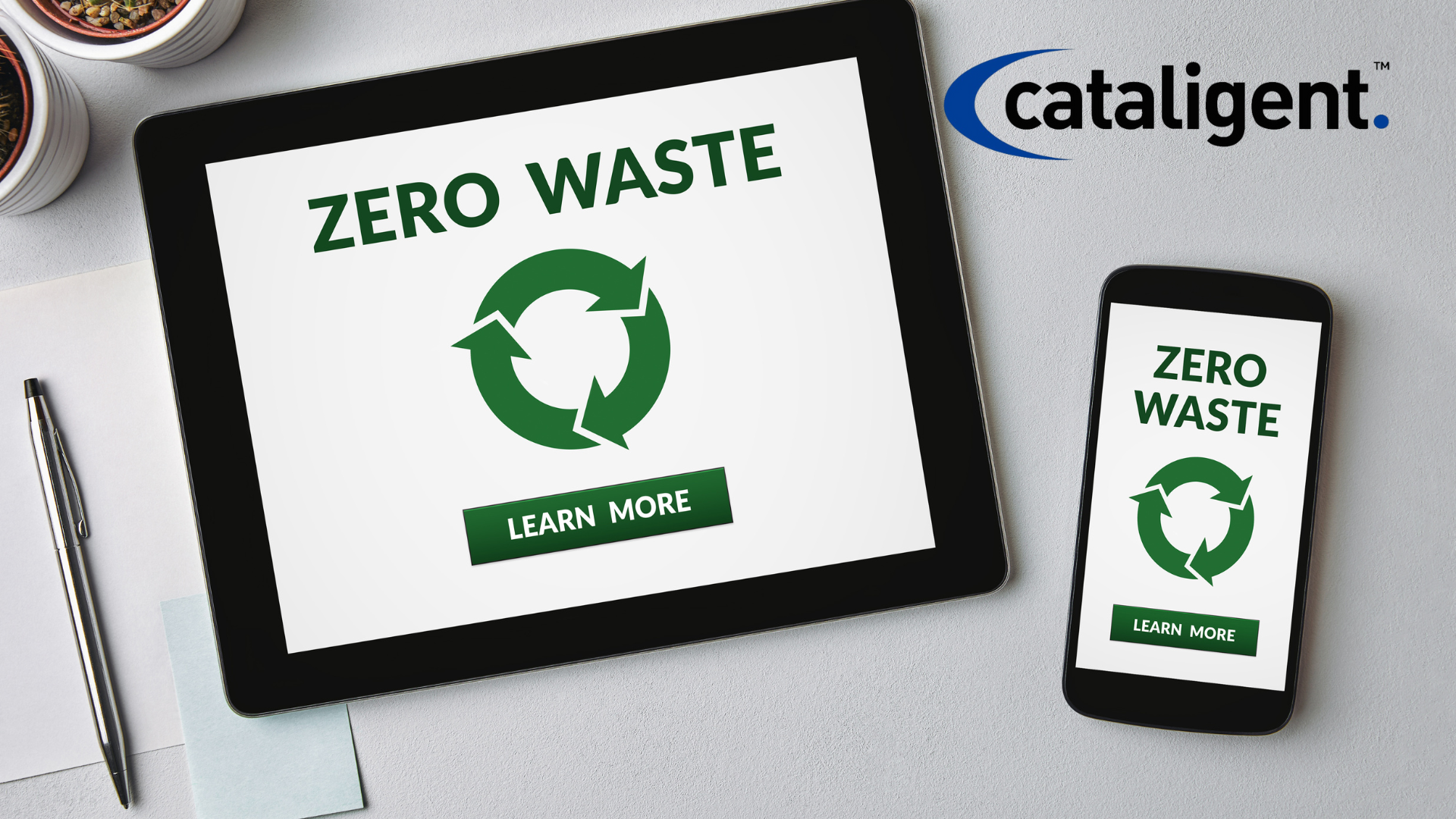Introduction
Waste reduction is a crucial element of efficient and sustainable business operations. By minimizing material waste, focusing on environmental sustainability, and fostering a zero-defect culture, organizations can reduce costs, enhance productivity, and comply with environmental regulations.
Minimizing Material Waste: Tracking and Recycling Strategies
Effective waste management starts with tracking waste generation and implementing strategies to repurpose excess materials.
Key Strategies for Minimizing Material Waste
- Waste Tracking Systems
- Implement real-time waste monitoring software to identify inefficiencies.
- Analyze waste patterns to develop targeted reduction strategies.
- Recycling and Reuse Programs
- Recycle scrap materials and reintegrate them into production processes.
- Partner with recycling vendors to responsibly dispose of non-reusable materials.
- Lean Manufacturing Principles
- Adopt Just-in-Time (JIT) production to reduce excess raw material usage.
- Optimize cutting and molding processes to minimize offcuts and unused materials.
By minimizing material waste, businesses can lower production costs and contribute to a more sustainable economy.
Environmental Sustainability: Reducing Emissions and Resource Usage
Reducing environmental impact not only benefits the planet but also helps companies lower operational costs and meet regulatory requirements.
Environmental Sustainability Practices
- Lowering Energy Consumption
- Implement energy-efficient lighting, HVAC systems, and machinery.
- Utilize renewable energy sources such as solar or wind power.
- Reducing Water Usage
- Install water-efficient fixtures and recycling systems.
- Monitor and optimize industrial water consumption through smart metering.
- Cutting Greenhouse Gas Emissions
- Optimize transportation routes and switch to eco-friendly logistics solutions.
- Reduce carbon footprint by improving energy efficiency in production facilities.
By integrating sustainable practices, businesses can gain regulatory compliance, enhance brand reputation, and reduce long-term costs.
Zero-Defect Culture: Enhancing Quality to Reduce Waste
A zero-defect culture focuses on quality assurance to eliminate defects, reduce rework, and minimize waste.
Strategies to Implement a Zero-Defect Culture
- Quality Assurance Programs
- Implement Six Sigma and Total Quality Management (TQM) methodologies.
- Conduct frequent quality checks to identify and resolve defects early.
- Employee Training and Engagement
- Train staff on quality control procedures and encourage accountability.
- Foster a culture of continuous improvement and proactive problem-solving.
- Process Standardization
- Develop clear standard operating procedures (SOPs) for production.
- Use automation and machine learning to detect defects in real-time.
By prioritizing defect reduction, businesses can improve product reliability, reduce waste-related costs, and enhance customer satisfaction.
Conclusion
Waste reduction is essential for improving operational efficiency, lowering costs, and promoting sustainability. By implementing material waste tracking, environmental sustainability measures, and a zero-defect culture, businesses can optimize resources, comply with regulations, and maintain a competitive edge in their industry.

